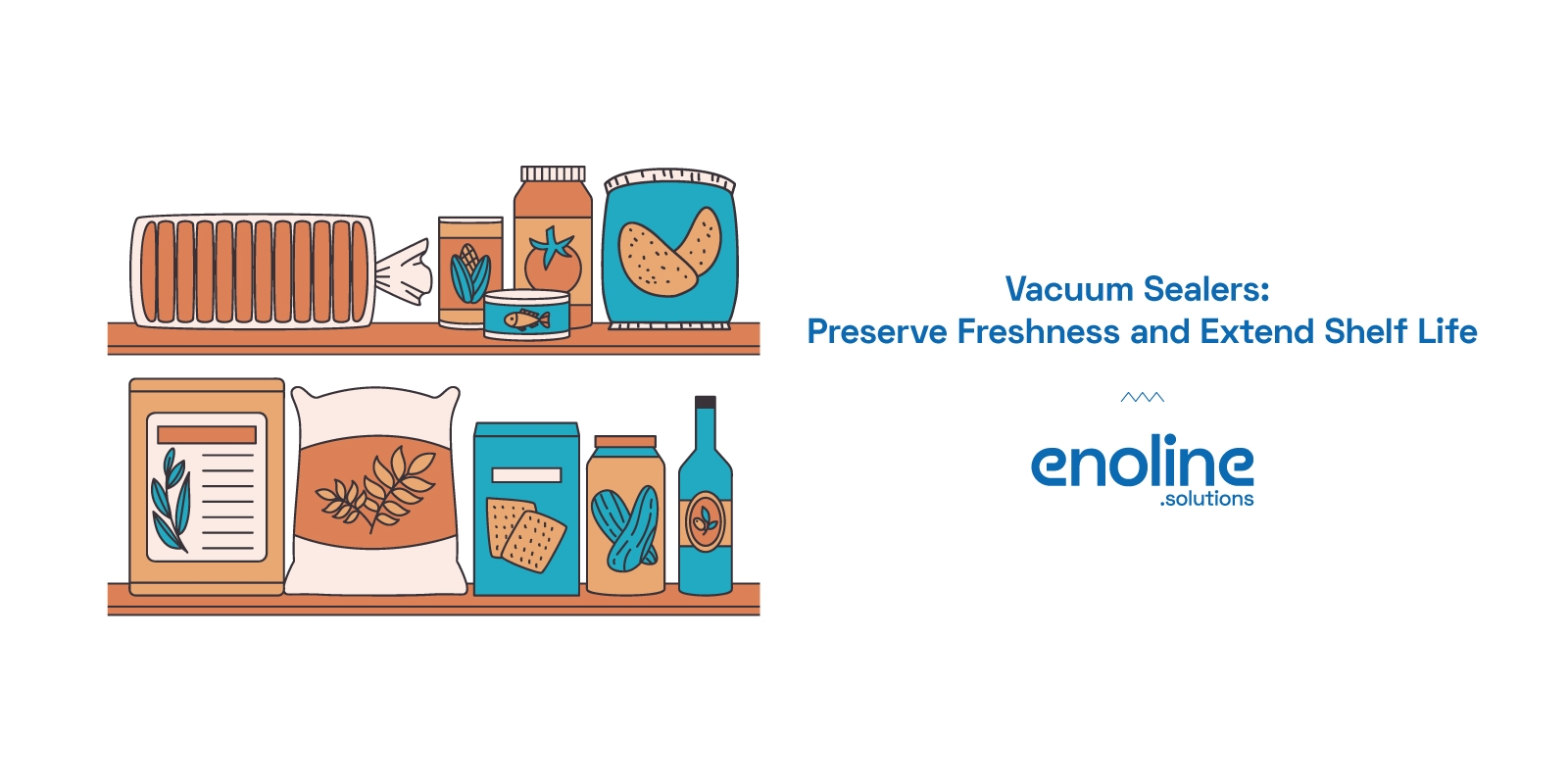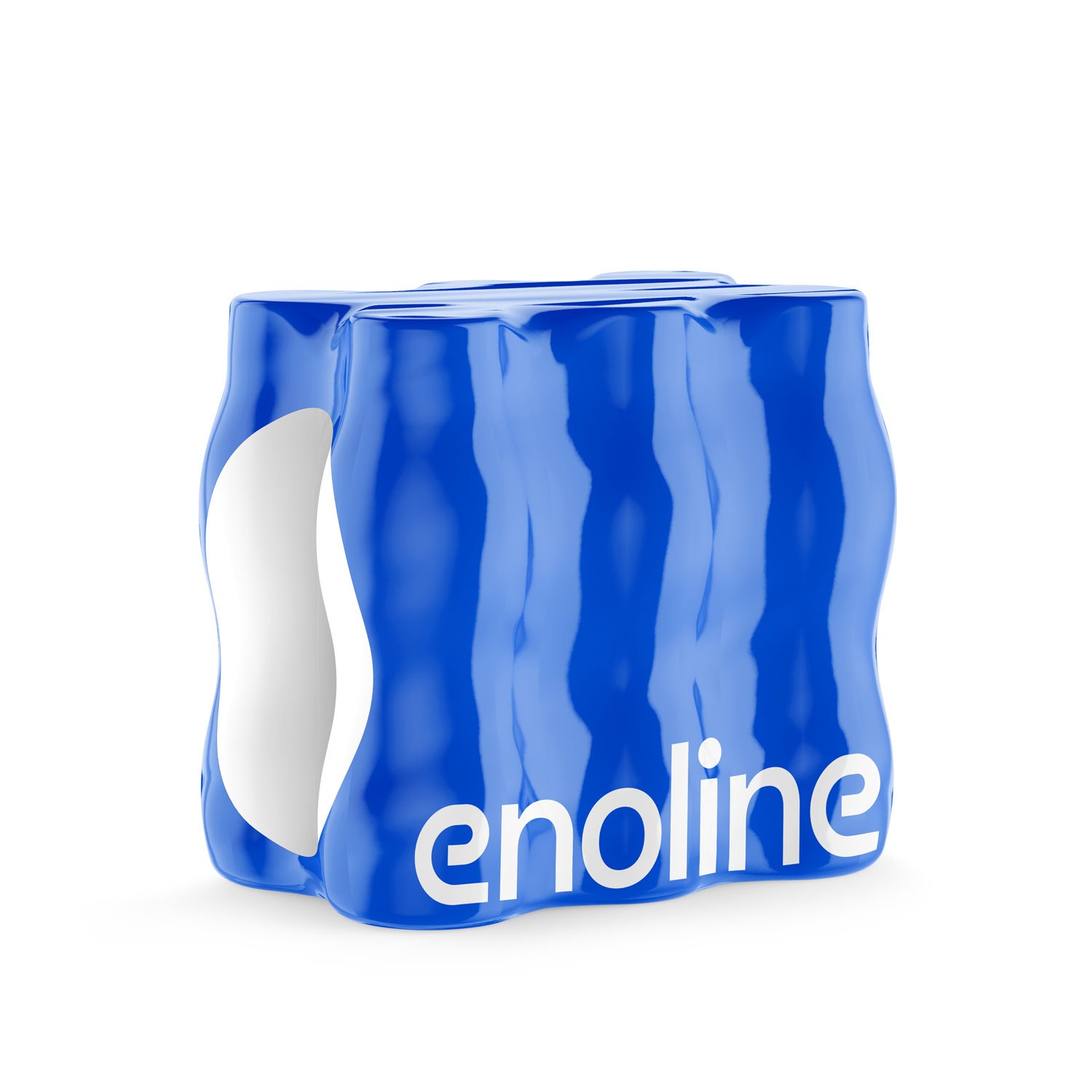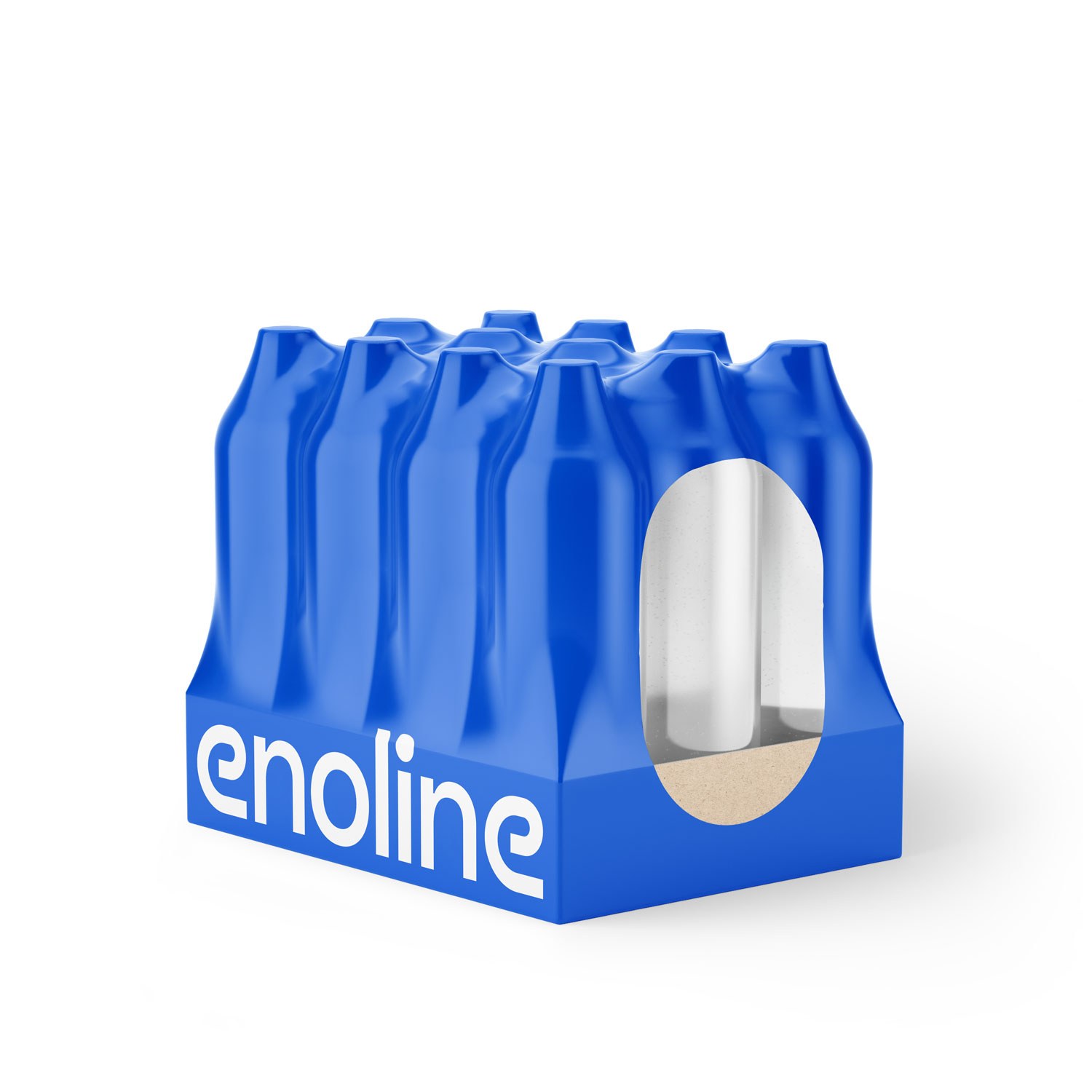June 11th
Vacuum Sealers: Preserve Freshness and Extend Shelf Life

Defining Vacuum Sealers
A vacuum sealer is a device that removes air from a package before sealing it. This process extends the shelf life of perishable items, prevents freezer burn, and helps maintain the food's flavor and nutritional value. Vacuum sealers are commonly used for food storage but have applications in various industries, including medical, electronics, and textiles.
Importance and Relevance
In today’s fast-paced world, maintaining food freshness and reducing waste is a significant concern for households and businesses alike. Vacuum sealers offer a practical solution by preserving the quality and extending the shelf life of food. They are especially valuable for bulk purchases, meal prepping, and long-term storage, making them an essential tool for modern kitchens.
Other machines that might interest you...
Types and Categories
Home Vacuum Sealers
External Vacuum Sealers
External vacuum sealers are popular in household settings. They are easy to use and affordable, designed for moderate use with features suitable for home kitchens. These machines are perfect for sealing food, including dry goods and refrigerated items.
Chamber Vacuum Sealers
Chamber vacuum sealers are typically more powerful and versatile, suitable for heavy-duty use. They are capable of sealing liquids and are often used in commercial settings. These vacuum sealer machines have a seal bar inside a chamber where the vacuum and sealing processes occur, making them ideal for sous vide cooking and sealing delicate foods.
Commercial Vacuum Sealers
Continuous Vacuum Sealers
These sealers are designed for high-volume operations, such as food processing plants. They can continuously seal packages, increasing efficiency and productivity. Continuous vacuum sealers are perfect for commercial vacuum packing.
Industrial Vacuum Sealers
Industrial vacuum sealers are robust machines used in large-scale operations, capable of handling a variety of packaging sizes and types. These vacuum packing machines are essential for businesses requiring reliable vacuum packaging equipment.
Symptoms and Signs
Indicators of Food Spoilage
Visual Cues
Look for discoloration, mold growth, and freezer burn. These signs indicate that food is losing its freshness and nutritional value.
Odor Changes
Spoiled food often emits unpleasant smells, a clear sign that it is no longer safe to consume.
Benefits of Using Vacuum Sealers
Extended Shelf Life
Vacuum-sealed food stays fresh up to five times longer than non-sealed food, reducing waste and saving money.
Preservation of Nutritional Value
By minimizing exposure to air, vacuum sealing helps retain the food's nutrients and flavor.
Causes and Risk Factors
Environmental Factors
Exposure to Air
Oxygen is a primary cause of food spoilage. Vacuum sealing removes air, slowing down the oxidation process.
Humidity and Temperature
Fluctuations in humidity and temperature can lead to spoilage. Vacuum sealing provides a controlled environment that mitigates these risks.
Biological Factors
Microbial Growth
Vacuum sealing inhibits the growth of bacteria and mold, which require air to thrive.
Enzymatic Reactions
By removing air, vacuum sealing slows down enzymatic reactions that cause food to ripen and spoil.
Diagnosis and Tests
Assessing Food Quality
Visual Inspection
Examine the packaging and contents for any signs of air leaks or spoilage.
Smell Test
Check for any off-putting odors, which may indicate compromised freshness.
Testing Vacuum Sealers
Functionality Tests
Perform regular checks to ensure the sealer is removing air and sealing bags correctly.
Maintenance Checks
Regular maintenance of vaccum sealers is crucial for optimal performance. Check seals, gaskets, and other components for wear and tear.
Treatment Options
Food Storage Techniques
Freezing
Vacuum-sealed food can be stored in the freezer for extended periods without losing quality.
Refrigeration
Vacuum-sealed items in the refrigerator last longer and retain their flavor and texture.
Maintenance of Vacuum Sealers
Regular Cleaning
Keep the sealer clean to prevent contamination and ensure it operates efficiently.
Part Replacement
Replace worn-out parts, such as gaskets and seals, to maintain the effectiveness of the vacuum sealer.
Preventive Measures
Best Practices for Vacuum Sealing
Proper Bag Placement
Ensure bags are placed correctly in the sealer to avoid leaks and ensure a tight seal.
Avoid Overfilling
Do not overfill bags, as this can prevent a proper seal and lead to air leakage.
Storage Tips
Labeling
Label vacuum-sealed bags with the date and contents to keep track of stored items.
Storing in Cool, Dark Places
Store vacuum-sealed bags in cool, dark places to further extend their shelf life.
Personal Stories or Case Studies
Household Experiences
Many families have reported significant savings and reduced food waste by using vacuum sealers. For example, a household using a best food saver vacuum sealer found that they could buy meat in bulk, use a meat vacuum sealer to portion it out, and store it for months without losing quality.
Commercial Success Stories
Businesses in the food industry have improved efficiency and product quality through the use of commercial vacuum sealers. A commercial vacuum packer, for instance, allows restaurants to prepare and store meals in advance, maintaining food freshness and consistency.
Conclusion
Vaccuum sealers are invaluable tools for both households and businesses, offering numerous benefits such as extended shelf life, preservation of nutritional value, and reduced food waste. Understanding the different types of vacuum sealers, their applications, and best practices for their use can help maximize their effectiveness.
Let us find the best packaging machine for your company !

